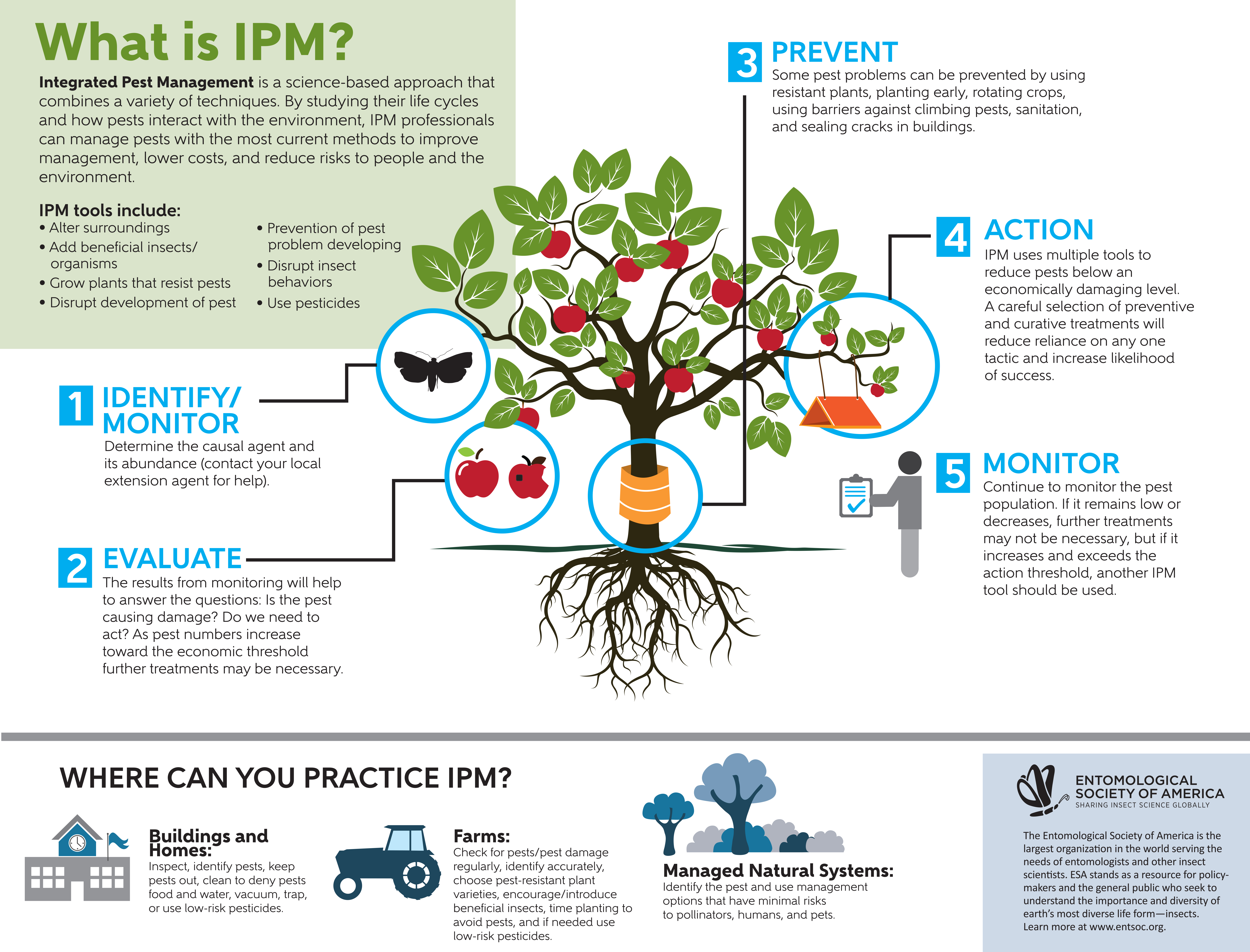Insights From Professionals On Rodent Actions For Effective Parasite Control
Insights From Professionals On Rodent Actions For Effective Parasite Control
Blog Article
Short Article Author-Arsenault Stentoft
Think of being able to prepare for the actions of your opponents in a video game of chess, always remaining one action ahead.
Worldwide of parasite control, recognizing rodent behavior resembles having that tactical advantage. By acquiring expert understandings into the nesting practices, feeding patterns, and communication and social actions of rodents, you can efficiently deal with these pesky animals.
But how exactly do rats behave, and why is it essential to know? In this conversation, we will unravel the mysteries of rodent actions, providing you with important understanding that will certainly assist you remain in advance in the battle against parasites.
Are you ready to discover the keys of these cunning creatures?
Nesting Behaviors
To understand rodent actions and properly control insects, it is essential to obtain insight right into their nesting practices.
Rodents, such as mice and rats, have an all-natural instinct to find shelter and develop nests where they really feel secure and safe. These nests serve as their homes, reproducing grounds, and storage areas for food. Understanding their nesting practices can aid you recognize prospective areas of invasion and implement targeted control actions.
Rodents generally favor nesting in dark, remote rooms, such as attics, cellars, crawl spaces, and wall spaces. They make use of materials like shredded paper, textile, insulation, and even chewed-up electrical wires to develop their nests.
Feeding Patterns
Rats exhibit unique feeding patterns that play a crucial role in their actions and can notify reliable insect control approaches. Understanding these patterns is important for carrying out effective bug control procedures.
Rodents are opportunistic feeders, indicating they'll consume whatever food is conveniently offered. They've a preference for high-calorie foods such as grains, nuts, and seeds. This is why proper storage space of food and waste administration are vital in preventing rodent infestations.
Furthermore, rats are nocturnal, which suggests they're most energetic throughout the evening when they look for food. By knowing their feeding patterns, you can purposefully position traps and lures to maximize their effectiveness.
Keeping food resources unattainable and preserving a clean atmosphere can help prevent rats and lessen the threat of infestation.
Interaction and Social Habits
Recognizing how rodents interact and communicate socially is important for effective parasite control approaches. Rodents, like mice and rats, have intricate communication systems that they make use of to communicate info to each various other and coordinate their tasks. Right here are 3 vital aspects of rodent communication and social actions:
1. Vocalizations: Rats produce a wide range of vocal sounds, including squeaks, tweets, and chattering, to interact with each other. These articulations can share different messages, such as risk cautions or mating telephone calls.
2. pesticide control near me noting: Rodents make use of scent glands to leave chemical signals on objects and in their setting. These scent marks function as territorial borders and interact information regarding reproductive status, dominance, and social affiliation.
3. Social hierarchy: Rodents have an ordered social structure, with leading individuals having access to sources and favored nesting sites. Comprehending this pecking order is essential for targeting insect control efforts and recognizing vital individuals for elimination.
Conclusion
So, there you have it - a short glance into the fascinating globe of rodent behavior. By recognizing https://howtoremoveasnakefromitsh83951.blogoscience.com/31720820/the-potential-dangers-of-overlooking-the-need-for-insect-control-solutions nesting behaviors, feeding patterns, and communication, we can much better deal with the issue of bug control.
Did you recognize that a female mouse can create as much as 10 litters annually, with each litter containing around 5-6 dogs? This unbelievable fact highlights the relevance of prompt and effective parasite monitoring to stop rodent populations from spiraling out of hand.
